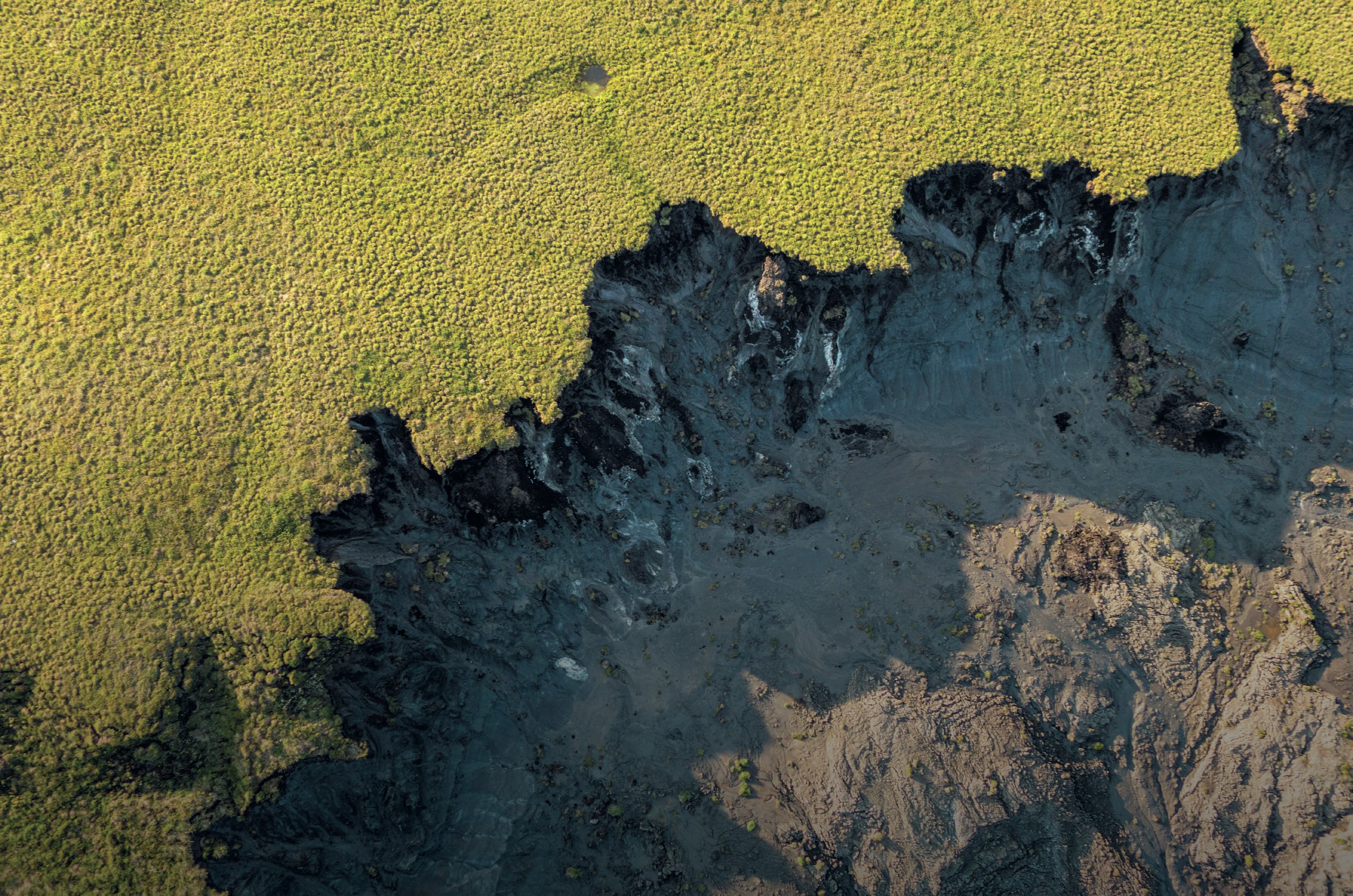
Coastal erosion of permafrost landscapes in the Arctic is one of the most prominent and hazardous changes taking place in response to climate warming. Longer ice-free periods and sea-level rise caused by climate change are both important factors leading to coastal erosion. This article summarises the problems and presents a case study of rapid change in a permafrost shoreline in northern Canada, which is being monitored using unmanned aerial vehicles (drones). It explains how these changes can affect human activities and the carbon cycle.
The Arctic is the most rapidly warming region on Earth. Increasing temperatures result in changes to the physical and biological processes that shape permafrost landscapes. Degrading of permafrost due to climate change has direct and indirect impacts on natural systems and on human infrastructure and activities. One of the key ways in which permafrost is being degraded is coastal erosion, which is happening along Arctic coastlines in Siberia and western North America. Over the past few decades, Arctic permafrost cliffs have typically eroded by half a metre each year, but this may be speeding up.
Your organisation does not have access to this article.
Sign up today to give your students the edge they need to achieve their best grades with subject expertise
Subscribe




